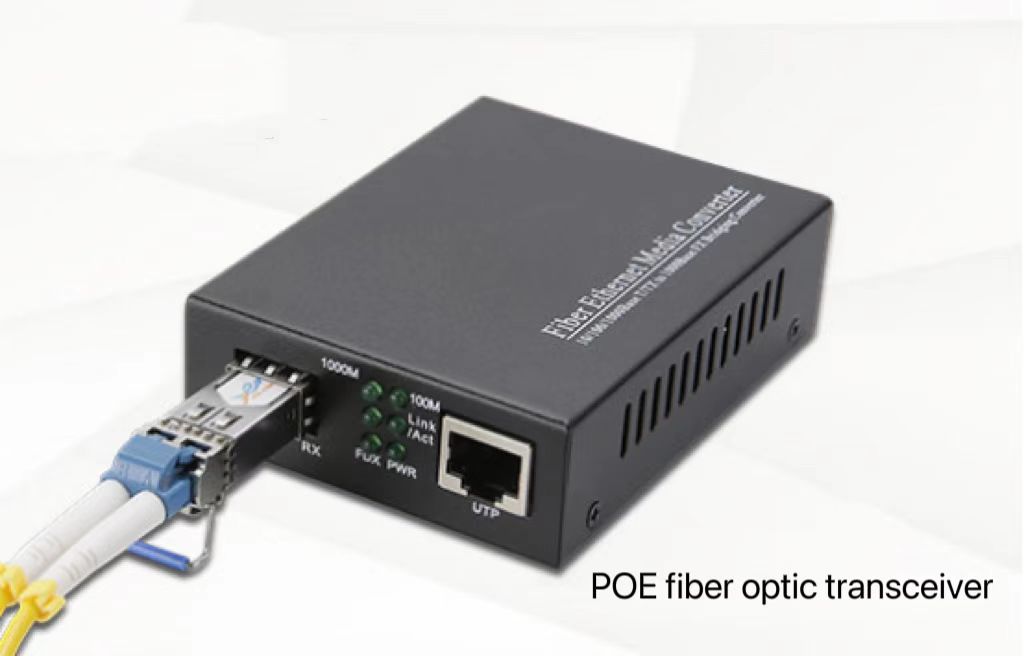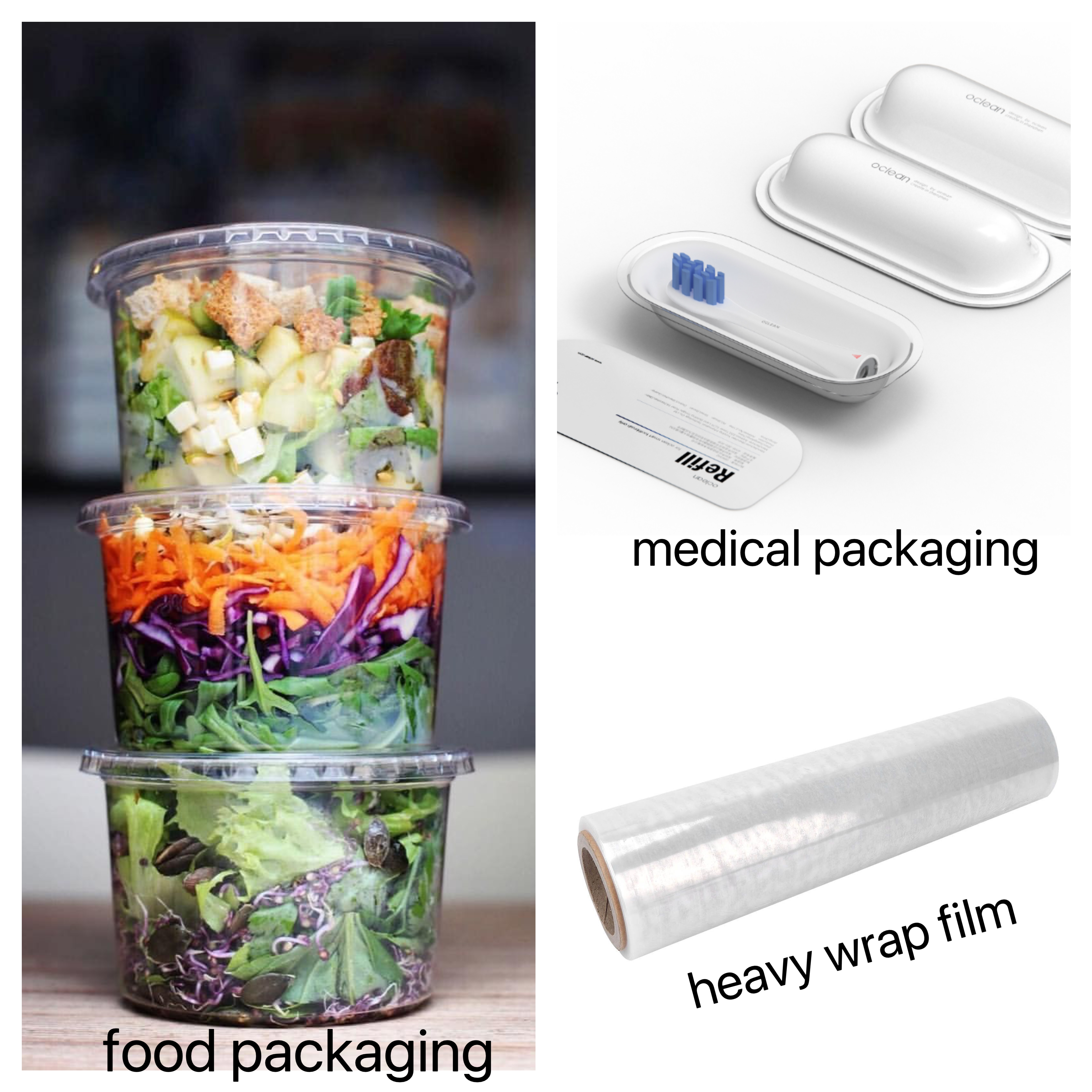
POE is a random copolymer elastomer formed by polymerizing ethylene as raw material and high carbon alpha-olefin as copolymer monomer under the action of homogeneous metal catalyst.
The structure of POE leads to the high elasticity and toughness of rubber at room temperature, and can be plasticized and molded at high temperature, with thermal reversibility, excellent mechanical properties, weathering resistance and processing rheology, in addition, POE has good affinity with polyolefin materials, which can effectively enhance low temperature toughness and high cost performance, thus it is widely used in photovoltaic batteries, automotive parts, aerospace, 5G/6G communication and other fields. Great impact on the traditional rubber, plastic and other materials.

POE classification and structural characteristics
According to the polymer copolymer monomer content can be divided into polyolefin materials into polyolefin plastic (POP) and POE two categories, which POP copolymer monomer content of less than 20% (mass fraction), and POE for copolymer monomer content of more than 20%, POE and POP is not essentially different, but the high alpha-olefin content makes POE has a more excellent weathering and aging resistance. Performance.

According to the different microstructure of polymer chain segments, elastomers are divided into ethylene/alpha-olefin random copolymer POE and olefin block copolymer (OBC), which is composed of crystallizable ethylene-octene (EO) hard segments with low copolymer monomer content and amorphous soft segments with high copolymer monomer content alternately, with a more regular crystalline form.
In contrast, POE is a random introduction of long branched chains into the linear short-branched branching structure of the polymer, so that the resin phase formed by the polyethylene chain segments themselves and the non-crystalline octene chain segments form a random configuration structure, the structure of the cherry-like micelle crystals to build a physical cross-linked network so that POE can obtain excellent elasticity without chemical cross-linking.
Currently, POE is produced by solution polymerization process and metallocene catalysis technology. On the one hand, due to the application of metallocene catalysis technology, the precise control of polymer conformation is realized, the mechanical properties and processing properties are excellent, and the destruction of ethylene crystallization by copolymer monomer can effectively improve the elasticity and transparency of the material; on the other hand, the presence of crystalline polyethylene in the POE molecular chain as a physical cross-linking point to bear the load. Gives POE excellent thermoplasticity.











